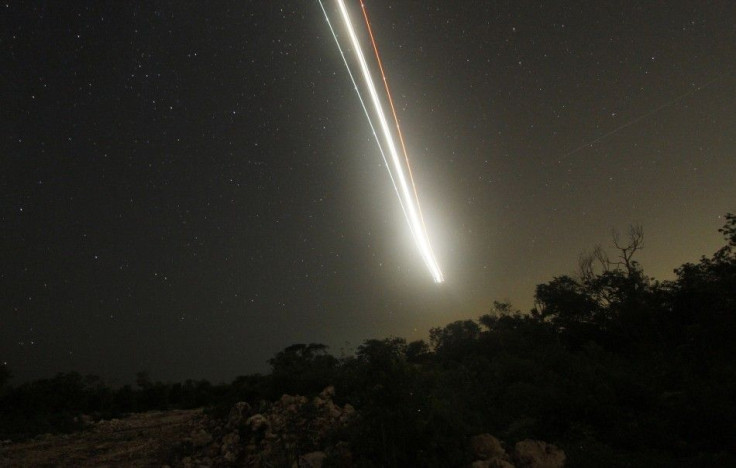Lyrid Meteor Shower 2013: When, How And Where To Watch Live

The annual Lyrid meteor shower will be peaking between Sunday night and Monday morning, but it might not appear that way to stargazers. Unfortunately, the moon might reportedly dull the beauty of the astronomical phenomenon.
The Lyrid meteor shower happens every year in the middle of April when Earth passes through a trail of dusty debris from the Comet Thatcher (C/1861 G1), which orbits the sun once every 415 years, as reported by Space.com. People have been watching the Lyrid meteor shower for at least 2,600 years, the site said.
Usually, it has to be a clear night for observers to see the faint meteor shower, but, in rural areas with dark skies, nearly 15 to 20 meteors per hour can be seen.
It’s believed the meteors come from the constellation Lyra, thus its name. The shower can be spotted in the eastern sky Sunday night.
The moon will probably spoil much of the event this time around, because it’s in gibbous phase and will illuminate 85 percent of the night sky, Space.com said. Thus, only the brightest meteors will be visible.
Stargazers will have the best shot at seeing meteors early Monday after the moon has set and before the sun rises, with 4 a.m. local time being given as the perfect period to see some shooting stars.
Here are a few tips:
Don’t get frustrated if you don’t see any meteors right away. It could take your eyes about 40 minutes to adjust to the night sky before they get used to the darkness.
Try to get away from city lights: It’ll give you the best chance to see the highest number of meteors.
Don’t stare directly at Lyra. It would seem like it would be the best bet at finding meteors, but, according to NASA, it would look like unimpressive dots with short tails.
© Copyright IBTimes 2024. All rights reserved.






















